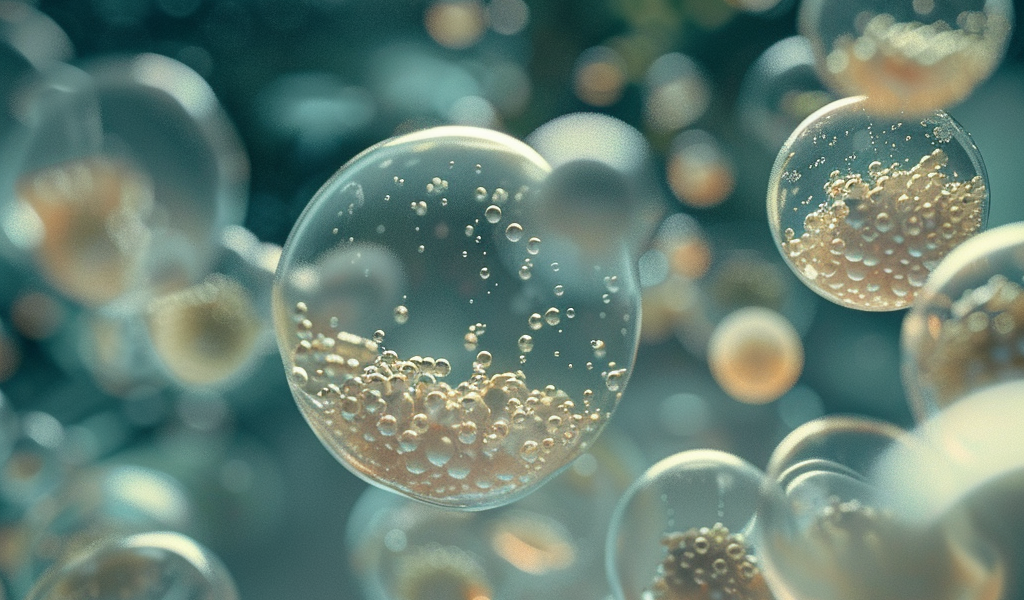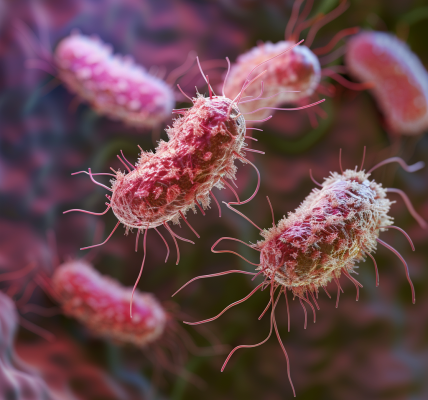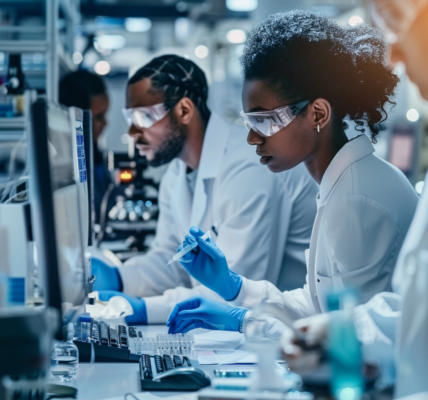Scientists have developed an innovative solution to tackle the growing problem of microplastics and bacteria in water bodies. Microplastics, which are tiny bits of plastic measuring 5 millimeters or less, pose a significant threat to marine life and potentially to human health as well. These particles not only harm animals that ingest them but also attract harmful bacteria, including pathogens.
In a recent study published in ACS Nano, researchers introduced swarms of microscale robots designed to capture both microplastics and bacteria from water simultaneously. These tiny spherical robots, measuring 2.8 micrometers in diameter, were constructed using a positively charged polymer linked to magnetic microparticles. When exposed to a magnetic field, the robots swarmed together to collect the contaminants.
The research team, led by Martin Pumera, demonstrated the effectiveness of these microrobots in lab experiments. By exposing the robots to a rotating magnetic field for 30 minutes, they were able to capture approximately 80% of the bacteria present in the water tank, including actively swimming Pseudomonas aeruginosa bacteria known to cause infections.
The use of these microscale robotic systems mimics natural swarms, such as schools of fish, working collaboratively to clean up pollutants. By adjusting the number of robots in a cluster, the researchers could control the movement and speed of the swarm, optimizing their efficiency in capturing contaminants.
This innovative approach not only addresses the challenge of cleaning up microplastics but also helps in removing harmful bacteria from water sources. The ability of these microrobots to decontaminate and be reused makes them a promising solution for combating water pollution and protecting marine ecosystems.





